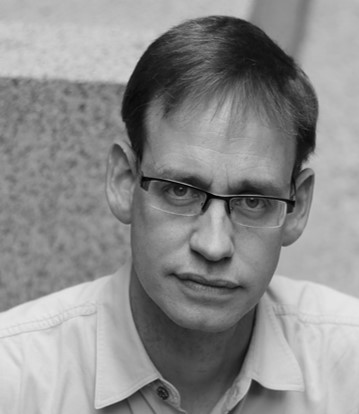 Adrian de Villiers, 15 April 2023
Adrian de Villiers, 15 April 2023
Adrian gave an overview of the conservation of buildings over the past 2000 years. He began by explaining conservation, using the Pantheon in Rome as an example. It was built around 20 BC by Agrippa as a temple for the gods. After that it was changed and later changed again. After a fire it was practically rebuilt by Emperor Hadrian. Much later it was converted into a church, and even later (early seventeenth century to the nineteenth century) two bell towers were added. These were later removed.
Over the centuries, different schools of thought have been followed regarding conservation. Today, attempts are made to stay as closely as possible to the original and to use original elements. The structure of the Acropolis, for example, was stabilised in the early 1900s by using cement and steel. Currently, work is being done on the structure and the cement and steel must be removed.
There are different ideas/schools of thought on reconstruction/restoration. Adrian illustrated one of the ideas by showing photographs of the restoration of Tulbagh after the earthquake of 1969 where there are clear examples of over-restoration.
He discussed the theory of conservation and restoration and the theories advocated by various theorists such as George Gilbert Scott, Camillo Borito and Alois Riegl. In 1964 the Charter of Venice was published and in 1979 the Burra Charter in Australia, which deal with restoration and conservation.
Adrian also showed the architectural plans of the Union Buildings and photographs of the beautiful sandstone.
The Union Buildings have been nominated to be declared a UNESCO World Heritage Site.
Adrian concluded by saying that one should never stop caring, touching, cleaning and preserving.

